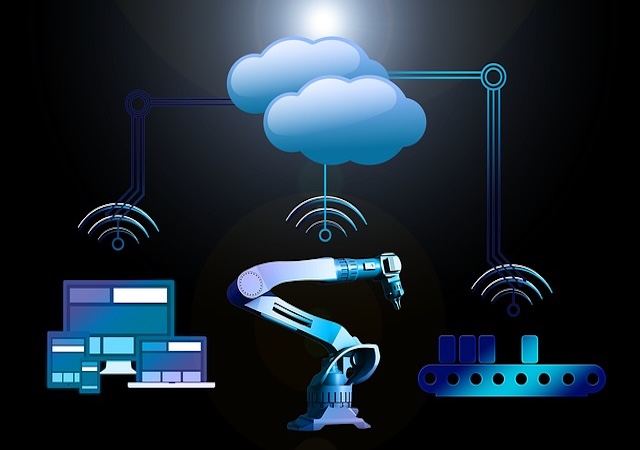October 30th, 2024
AI
As artificial intelligence (AI) technology expands across diverse industries, the debate over what qualifies as “open-source AI” is intensifying. Industry leaders across tech sectors are rallying behind a call to establish a standardized definition of open-source AI, addressing increasing concerns about transparency, security, and innovation in AI development.
Why a Clear Definition for Open-Source AI Matters
Open-source AI has become a hot topic in the tech industry, with both private companies and public institutions recognizing the advantages of collaborative AI models and codebases. However, confusion and lack of clarity around what truly constitutes “open-source” AI pose challenges. Without a common definition, companies struggle to collaborate effectively, and users face uncertainty around transparency, licensing, and the responsibilities of AI developers and users.
Defining open-source AI also has significant implications for security, accessibility, and innovation. Open-source projects invite diverse contributions, which can improve the security of AI models by enabling peer review and testing across global contributors. At the same time, defining open-source AI can make it easier for smaller companies, startups, and researchers to contribute to cutting-edge projects without needing extensive proprietary resources.
Key Voices in the Push for Open-Source AI Standards
Several prominent figures in the AI space have recently voiced their support for creating a cohesive definition for open-source AI. These leaders include technology giants, research institutions, and major open-source advocacy groups, many of whom have been pioneers in both AI and open-source software.
GitHub’s CEO, for example, stressed the importance of clarifying licensing terms and use cases for open-source AI to prevent conflicts and to promote transparency. With the code-sharing platform hosting thousands of AI-related projects, a standard definition would enhance trust in open-source AI contributions and prevent misrepresentation of proprietary projects as open-source.
The Linux Foundation is another vocal supporter. Having facilitated open-source projects across a range of sectors, the organization sees open-source AI as a natural extension of the foundational open-source principles: transparency, security, and collaboration. The Foundation recently announced that it would actively participate in establishing a robust definition by collaborating with partners and industry leaders.
Proposed Principles for Open-Source AI
Industry leaders generally align on several core principles they believe should form the backbone of an open-source AI definition. These principles include:
1. Transparency: All code, data, and model parameters used in open-source AI projects should be accessible and well-documented, ensuring users know exactly what an AI model does and how it has been built.
2. Collaboration: Open-source AI should be designed to encourage external contributions, which can drive faster innovation and better solutions through community participation.
3. Licensing Clarity: There should be clear guidelines on licensing, addressing whether AI models can be used freely, modified, or used for commercial purposes.
4. Security and Privacy Compliance: Open-source AI projects must address security and privacy standards, including compliance with regulations and practices that protect user data.
5. Sustainability: Sustainable funding, governance, and community support are critical to ensuring long-term development and maintenance of open-source AI projects.
Potential Benefits of a Defined Open-Source AI
An official standard could lead to substantial benefits across industries. Businesses could be more confident about integrating AI solutions that align with open-source principles, fostering innovation and reducing development costs. Moreover, a standard for open-source AI could help small and medium-sized enterprises (SMEs) and independent researchers gain access to advanced AI tools, democratizing access to the technology.
Additionally, with a standardized definition, AI researchers and developers could collaborate more freely, knowing they are contributing to projects with compatible goals and open-source values. Governments and regulatory bodies may also be more willing to support and fund open-source AI if they know that clear, reliable guidelines govern these projects.
The Future of Open-Source AI: More Innovation, Fewer Barriers
Establishing a clear, universally accepted definition for open-source AI has the potential to reshape the tech landscape. By creating a shared understanding of open-source AI, industry leaders hope to eliminate ambiguities that currently hinder collaboration and trust. With a standard in place, open-source AI could flourish, becoming more accessible, transparent, and secure.
In the fast-paced world of AI development, a unified approach to open-source could provide a stable foundation for the next wave of innovations—ensuring that AI technology, with all its transformative potential, remains open and accessible to all.